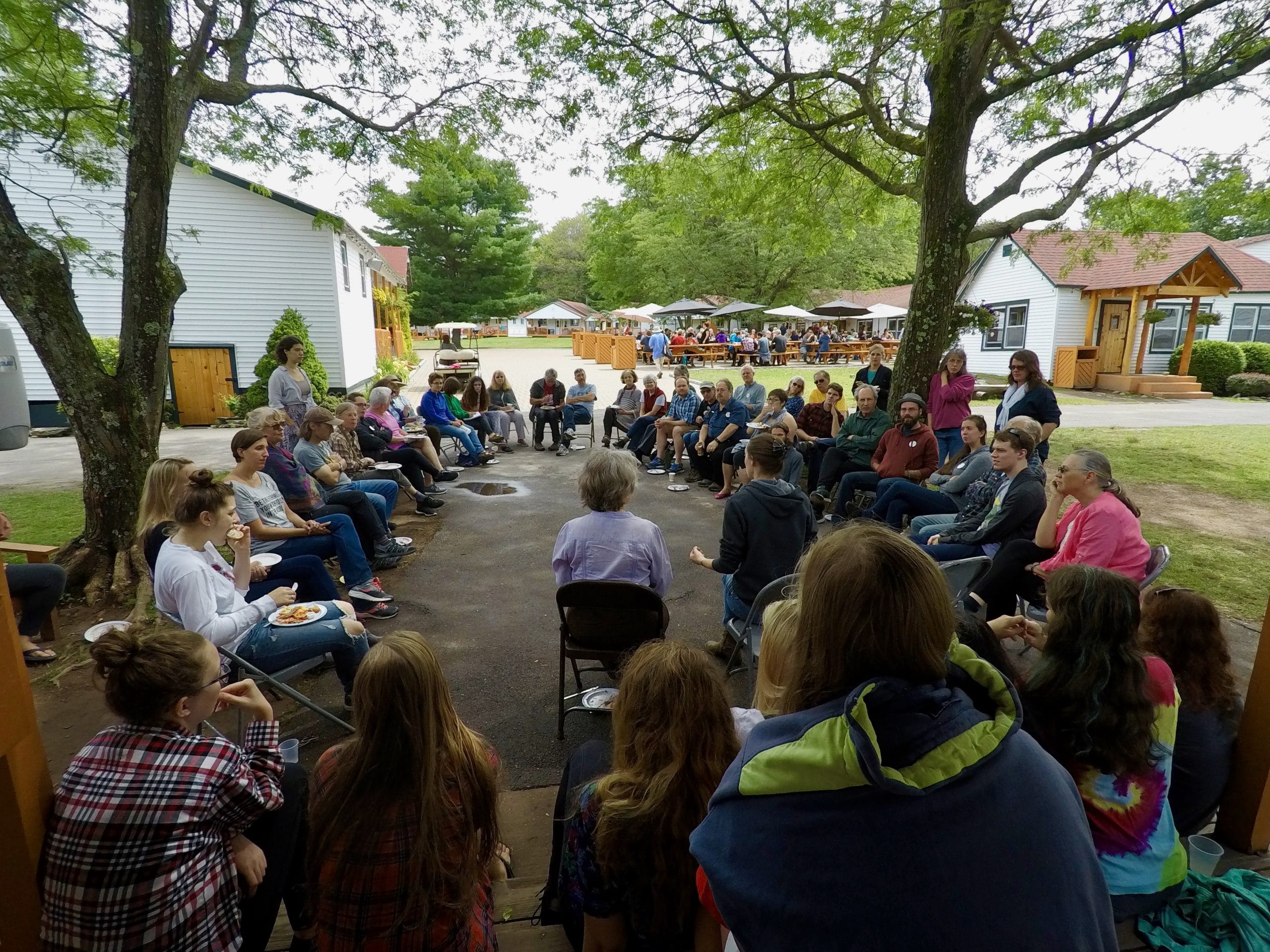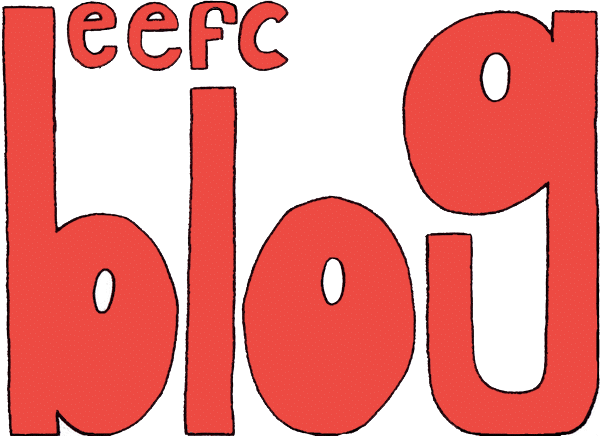Recent Posts

Strategic Vision 2019
Over the past year, the Board has been hard at work considering our current needs and ideal
visions for future growth. We know that we can do more to maximize the use of our
community’s diverse talents, fulfilling our broader potential as a nonprofit focused on education
and public outreach about Balkan music, dance, and culture. We polled the community about
people’s thoughts, concerns, and hopes, and kept these conversations close at hand as we
debated the way forward. The Board remains committed to fleshing out a detailed Strategic
Plan that will see our organization stabilize and thrive. This full plan will take some additional
time and careful consideration to complete.
However, the Board feels that some aspects of our organization’s needs must be addressed
before wider aspects of that plan can really come together; namely, we need to attend first to
the more immediate financial needs of our community. As such, our Board has put together the
following Strategic Vision before moving on to broader plans for our organization. Below are
some of the key areas that we feel need to be tackled first.
The Hard Costs of Camp
Per the survey, 72% of campers think that we should maintain our current geographic focus,
and 90% think we should continue our tri-part focus on dance, singing, and instrumental music.
In addition, campers are interested in expanding our range to include folk art, cuisine,
costumes, and contemporary music styles as well as satellite programming for local
communities.
The expenses involved in putting on the workshops that people love remains more or less the
same from year to year. The annual budget has been around $400,000 for the past three
years. Why the consistency? Because the majority of our budget goes to hard costs.
- 60% of our budget goes straight to room and board (housing and feeding our
community). - 25% goes to the administrative and organizational efforts that make camp possible.
- 15% goes to travel expenses and modest stipends for the teachers who make camp
such a rich learning experience.
It is clear that our community is not interested in reducing programming at this time, but there
just isn’t any more fat to trim. The Board wants to ensure that we can sustain our current camp
experience into the future. However, we have experienced some significant deficits in the
recent past. Many of you have responded generously to fundraising efforts, but we have still
experienced shortfalls. In part, this is the result of our decision to keep camp tuition lower than
our actual cost, but it is also the result of lower than hoped-for attendance.
We will be taking a two-pronged approach to bolster our financial health. First, we want to work
to establish a more sustainable tuition structure, while informing the community about our
actual costs. Second, we want to maximize our fundraising activities. This includes broadening
options for giving so that donors can support areas of programming that are meaningful to
them as well as most helpful to the needs of the organization.
A Proposed New Tuition Structure
Full time adult camp tuition is currently $950, but we estimate that the actual per-person cost is
about $1,200. We cannot significantly reduce expenses without making big changes to the
quality of camp, and yet, we want to keep welcoming folks who may not be able to pay the full
cost. For years, we felt that changes to tuition were off the table. However, survey responses
showed that only 6.5% of campers think that camp is too expensive. In fact:
- 11.5% of campers think our workshops are a steal.
- 49.5% of campers think our workshops fairly priced.
- 32.5% think tuition is high, but also affirm that camp remains accessible through scholarship and work exchange opportunities. (We currently award roughly 30 scholarships per year with over 75 work exchange positions.)
Over the summer of 2019, therefore, the Board is exploring the feasibility of a multi-tiered
approach for adult camp tuition fees. (Children’s fees will be unaffected in order to support
young families.) We would offer this tiered tuition structure in order to continue to support those
individuals who may not be able to pay full tuition, while accounting for what it actually costs
the organization for an individual to attend camp. We expect to decide on a new tuition
structure by late fall 2019, and to pilot it for both camps in 2020.
Below is one proposal for a camp tuition scale, one that could have a profound impact on our
bottom line.
- $950—Community Beneficiary: As we have done for many years, we are proud to
offer discounted tuition (below actual cost of camp) to those with limited income. The
remaining hard costs of your stay at camp are covered thanks to our “Merak Co-
Creator” campers (see below) and community fundraising efforts. We envision this
tuition level for students, low-income individuals and families, and retirees. - $1200—General Tuition: Attending at this level covers all the hard costs of your stay at
camp. By paying this tuition, you help fully cover our operating costs. - $1450—Merak Co-Creator: This level completely covers the cost of your stay at camp
and pays it forward for one of our Community Beneficiaries. Thank you for helping us
spread the kefi!
These numbers refer to adult full-time tuition; options for children, part time, etc. would be
similarly calculated. Please note that the proposed tuition tier system is not a camp
tuition increase! Under any new tuition structure, attendees can continue to pay at the current
tuition level according to their needs. We are thrilled to have you join us at whatever tuition
level fits your circumstances.
If just 24 campers chose the General Tuition it would close our budget gap by $6,000. That’s
how much we typically earn at the auction in Mendocino. Wide community participation would
boost our finances and enable us to expand programs and scholarships.
Our Development Infrastructure
We have transitioned our organization’s database to the SalesForce system. We have trained
our staff and established best practices that marry the platform’s strengths with our (fairly
quirky) organizational needs. While improving our internal operations, we’re beginning to reap
the benefits of this transition. Salesforce allows us to efficiently analyze and manipulate
decades of data to better understand our organization at macro- and micro-levels. This is
especially useful to the Development Committee who can now manage memberships and
donations in real time. Community members will see the impact through regular membership
reminders, coordinated membership and capital campaigns, and consistent organizational
updates relevant to our donors’ interests. Furthermore, we have increased the hours of our
Manager of Marketing and Development to a quarter-time position (10 hours per week) to
provide the necessary support to keep pace with expanded development work.
Major and Planned Gifts
We are expanding the ways you can give to the EEFC. Previously, donors had three options:
giving to the General Fund (Operations), to the Endowment, or to scholarship funds. While
these areas of giving are critical, some benefactors may feel passionate about specific causes
close to their hearts. The development committee is exploring new giving programs to allow
donors to preserve a piece of history at our workshops. We want to create opportunities that
keep names and legacies alive in the community, much like the Crum/Kef scholarship fund.
Also, we’d like to partner with donors in order to underwrite diverse aspects of camp through
five- and ten-year designated funds. This giving practice allows us to safeguard our
organizational history and traditions, boosts financial predictability, and gives our organization
the flexibility to determine new areas of need as our circumstances change. If you would like to
learn more about how you can underwrite dimensions of the camp experience or create a
legacy for yourself or a loved one, please contact Jenna Shearer (j.shearer16@gmail.com).
Our work expanding donor options dovetails with our efforts to establish more straightforward
guidelines and support for community members interested in planned giving. By late fall of this
year, the development committee will prepare written and digital materials to guide those looking to make bequests to our organization. If you have written the EEFC into your will and are willing to talk to members of the development committee regarding your experience, please contact Jenna Shearer (j.shearer16@gmail.com).
Investigating Alternative West Coast Campsites
In working on the vision for the organization’s future, the Board concluded that (due to a variety
of factors) our Mendocino location is at risk and we want to ensure continuity on the West
Coast. As such, the Board has formed a committee to investigate and draw up a list of venues
that we might consider should there be a need to relocate our West Coast workshop. At this
time we have no plans to move, but given the fire danger which has demonstrably grown
worse in California, it is prudent to research alternative locations ahead of potential necessity.
We know that our community is deeply attached to the site in the Woodlands. We also know
from recent surveys that the challenging terrain and dust keep some people away. Please be
assured that the Board and committee are mindful of all of these considerations as we
proceed.
We will be happy to research any sites you suggest. Please send your recommendations to
Barbara Uhlemann at barbara.uhlemann@sbcglobal.net. The members of the committee
are EEFC Board members Barbara Uhlemann and Craig Kurumada, joined by Lise Liepman,
Barbara Babin, Caroline Simmonds, and Polly Ferber.
In Conclusion
While our board members, task force, and committees continue to research our options for
expansion and growth, Phase One of our “strategic evolution” begins here: by addressing our
most urgent and fundamental needs. While these may not seem very glamorous, we
wholeheartedly believe it is the right place to begin building the foundations for future stability
and growth. The speed at which we’re able to hit our short-term financial targets will inform
future, long-term programs for advancing the mission of the organization. These decisions will
become the basis for a full-bodied Strategic Plan.
Please know that the Board is committed to moving forward with integrity and transparency so
that you—the community—continue to partner with us to craft a healthier and stronger
organization. If you have any questions, please take the opportunity to speak to a board
member or send us an email at board@eefc.org. Thank you for your continued
support, and please stay tuned for exciting updates as we move ahead!
East European Folklife Center Board of Directors

